When driving the maths mastery approach, manipulatives are a key part of a teacher’s armoury. From Early Years and KS1, right through to KS2, manipulatives can be used to enhance maths understanding. Hands on resources are fast becoming an essential part of the how we teach maths, but given they can mean everything from a grain of rice to expensive resource sets, it can be tricky to know what will deliver the best results.
In this article, we’ll detail a number of manipulatives teachers can use to enhance maths lessons and talk a bit about their benefits.
What are manipulatives?
Manipulatives are tangible, physical objects that teachers use to enhance an understanding of maths. Ranging from specially-designed resources to everyday home items, manipulatives offer pupils a hands-on approach to learning about abstract mathematical concepts. Manipulatives are most commonly used throughout Early Years and Primary education.
How to use manipulatives in maths: 9 classroom examples
If you’re looking to introduce some manipulatives in the classroom, there are countless options out there. Here, we discuss where you might use nine of the most common.
1. Numicon
What is it?
As one of the most popular products in its market, Numicon is an excellent choice for teachers looking to introduce more manipulatives in the classroom. Numicon is a series of flat plastic shapes with holes and colours to signify different numbers. You can delve into Numicon more if you like in our extensive guide to one of the most popular manipulatives.
Great for
Most commonly used to establish patterns and structure to help with counting and ordering numbers. It does have many other applications too, however, and can be used for more complicated concepts like fractions and percentages.
2. Geoboards
What is it?
A board filled with evenly spaced out pegs in rows and columns. Pupils then stretch rubber bands across the board to create shapes.
Great for
As the title suggests, Geoboards are great for an introductory way to explore geometry. Use to look at angles, perimeters, and area. Geoboards are generally introduced to pupils in KS2.
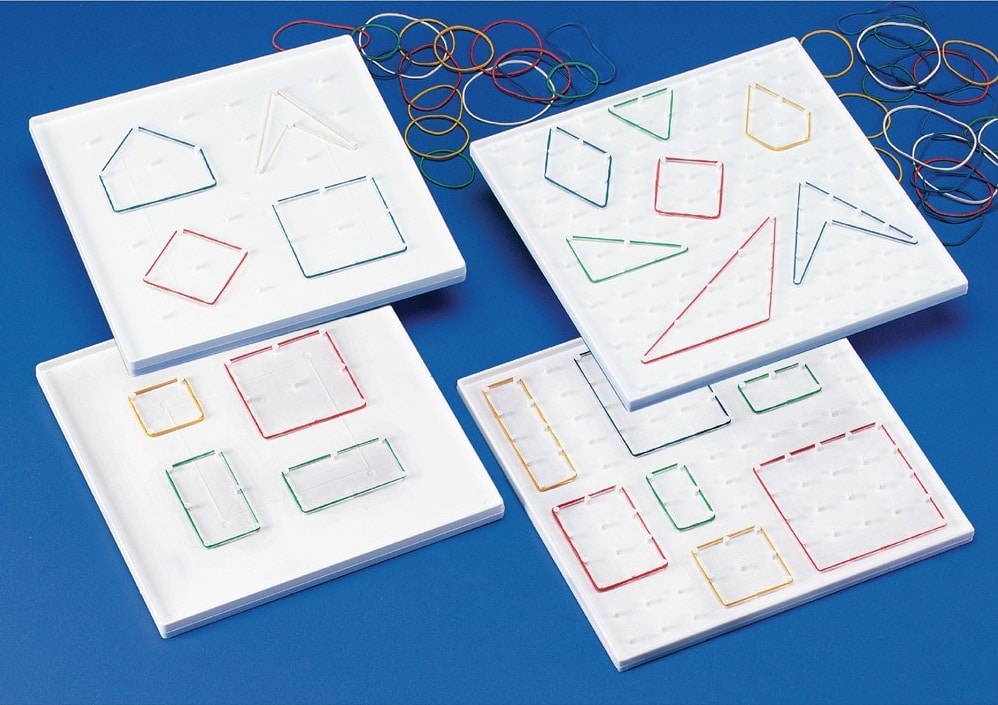
3. Multilink
What is it?
A series of coloured cubes that can be snapped together to form building blocks. Multilink cubes can be used standalone, or with grids, pegboards or tracks.
Great for
Great for Early Years or KS1 learners, Multilink can be used for everything from place value, fractions, and measurement. Used with grids or pegboards, you can also use Multilink to explore symmetry, factors and multiples – with many more uses too.
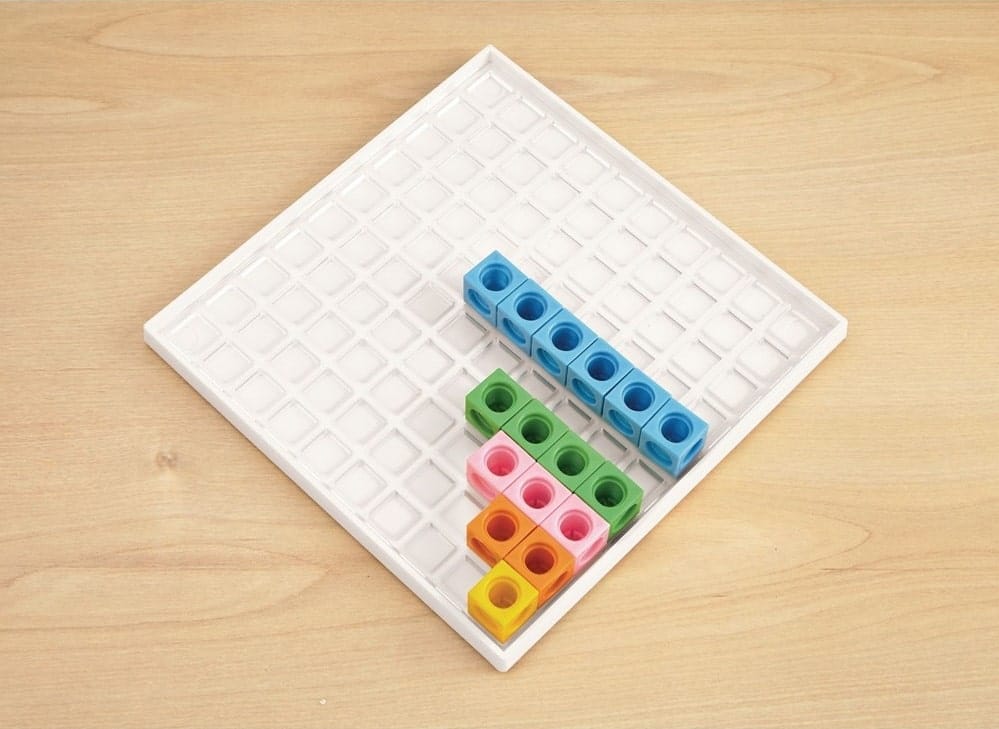
4. Base 10
What is it?
Often named “Dienes” after famous Hungarian mathematician Zoltán Pál Dienes, Base 10 are individual cubes, rows or entire plastic or wooden blocks that make up 1s, 10s, 100s or 1000s.
Great for
Base 10s are an invaluable resource for pupils looking to learn place value, addition, subtraction and number sense. They are one of the most popular manipulatives in schools and can be used for pupils in a wide variety of ages.
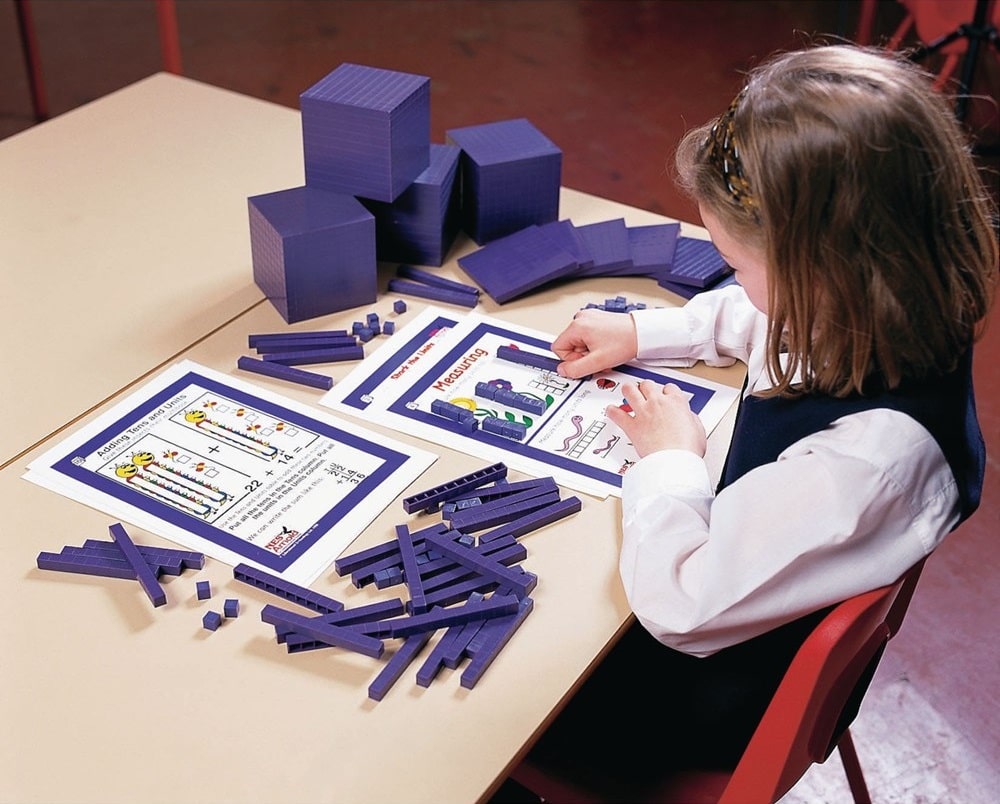
5. Place value cards
What is it?
Put simply, these are a collection of different coloured arrow-shaped cards, each containing a one, two or three digit number. Combined together, they can form large numbers.
Great for
As the name suggests, these manipulatives are ideal for learning place value, especially when you begin to delve into the 100s and beyond. They’re also used to develop the method of portioning.
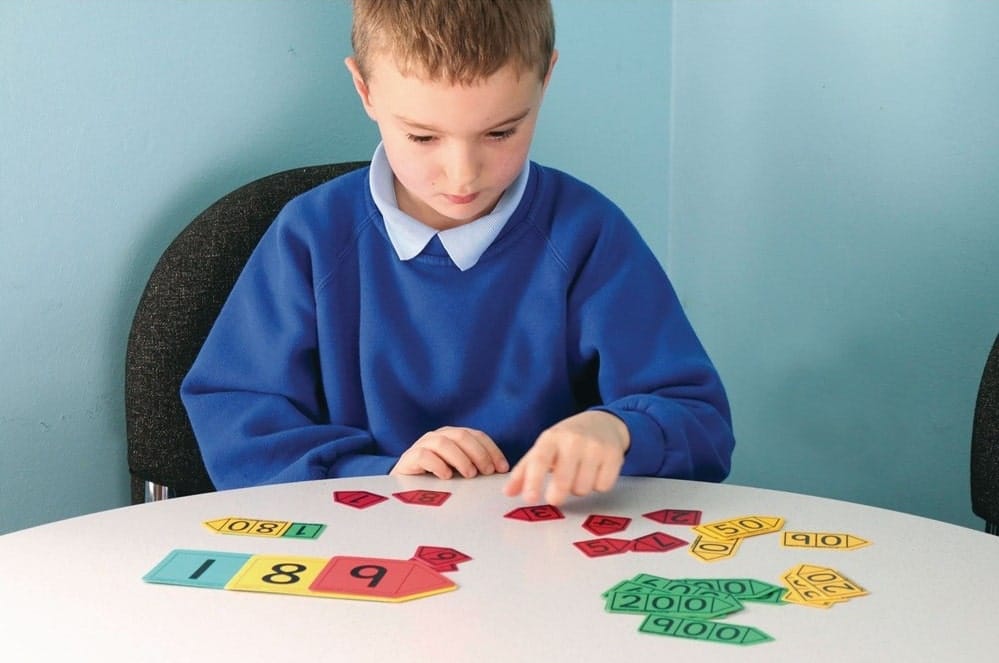
6. Counters
What is it?
As a maths manipulative aid, counters can come in various different forms to suit the age range and concept being taught. Available forms include numberless, two coloured counters, decimal place value counters and 100s, 1,000s or even 10,000s place value counters.
Great for
Different types of counters are better suited to complete different tasks within maths mastery. For example, two coloured counters are great for building number bonds in Early Years, while decimal place and 10,000 counters can be introduced as maths proficiency increases.
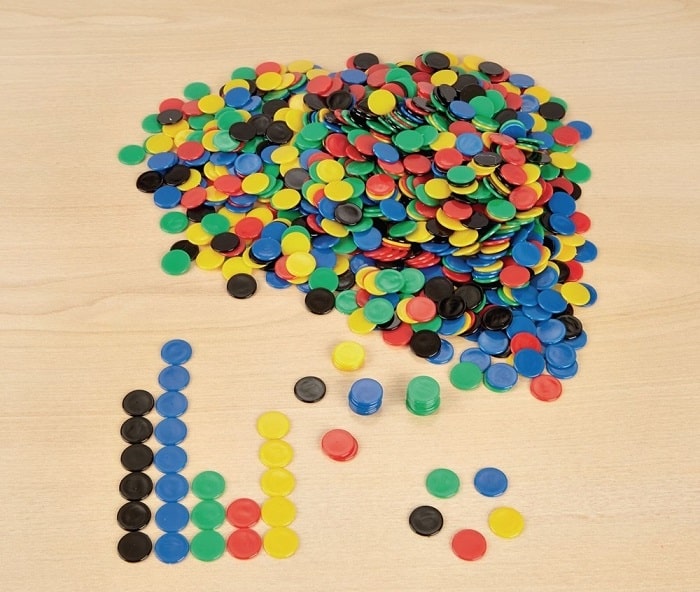
7. Bead strings
What is it?
A recognisable sight for us all, bead strings consist of a length of string and a number of individual beads that thread onto the string. Typically, beads come in groups of 10, differentiated by colour.
Great for
Bead strings are an incredibly versatile manipulative resource that can be used across Early Years and Primary education. Initially, they’re great for counting up and down on numbers from 10 to 100 and developing number bonds. For older more developed maths minds, bead strings can also be used to display decimals, percentages multiplication and division.
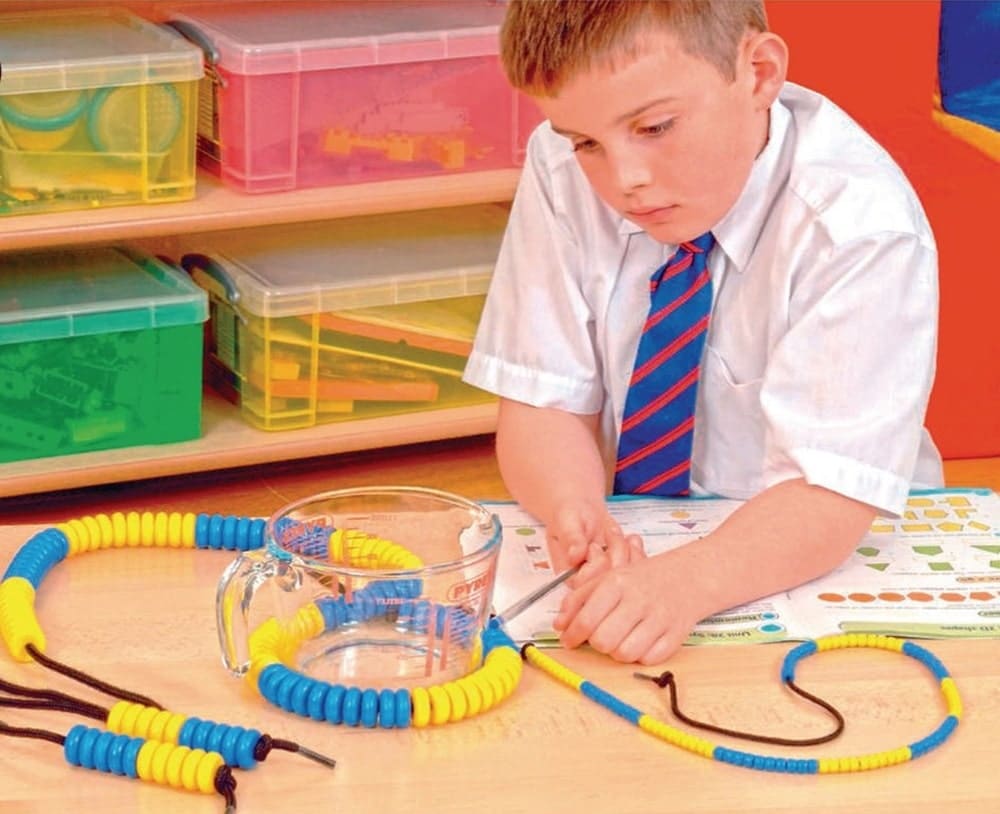
8. Playing cards
What is it?
A standard pack of 52 playing cards can easily be adapted for use in maths. Playing cards are a useful resource as they display a number and a series of symbols matching the value of that number.
Great for
There are plenty of ways to use playing cards in the classroom – and they aren’t all related to maths. But sticking to this subject, they can be used for simple addition and subtraction in Early Years, or more complicated matters like fractions and ratios. Why not take a classic game like War and adapt it for use with multiplying or fractions?
Explore playing cards resources
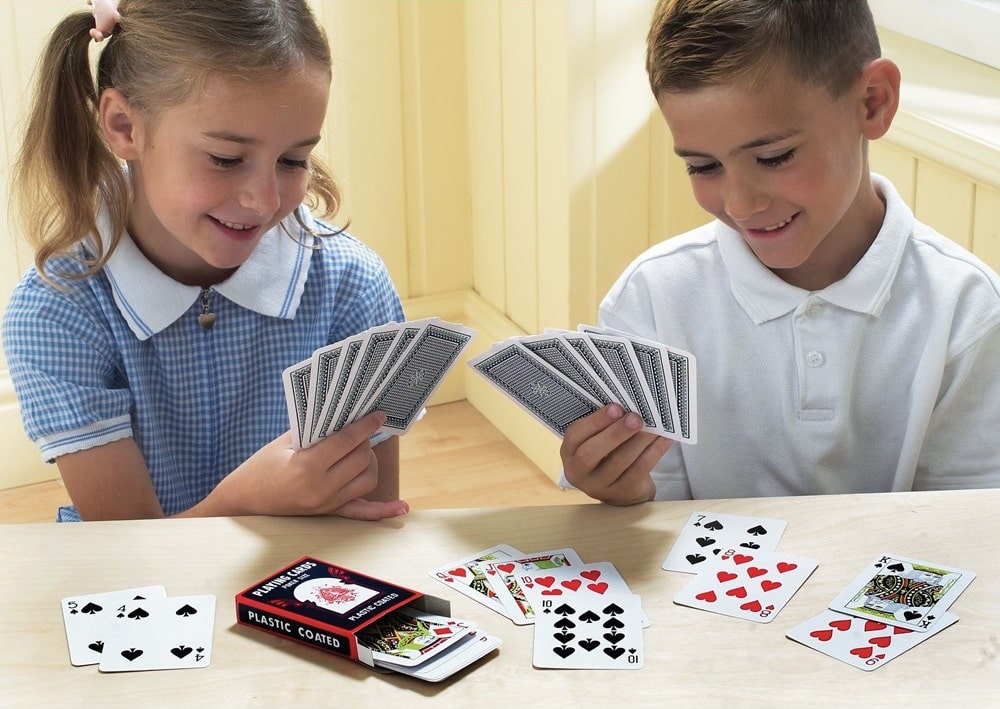
9. Dice
What is it?
Finally, the humble dice can be a valuable manipulative when teaching maths. Don’t feel the need to stick with the traditional six sides either. Dice can be found with a variety of different sides, making them more suitable to different tasks.
Great for
Dice are great for quick mental maths. Throw a couple of dice and ask pupils to add, subtract or multiply. Given the variety of dice you can find, you can account for differentiation within your class too.
If you can’t find what you’re looking for, make your own! This way, you can make dice suitable for fractions or decimals.
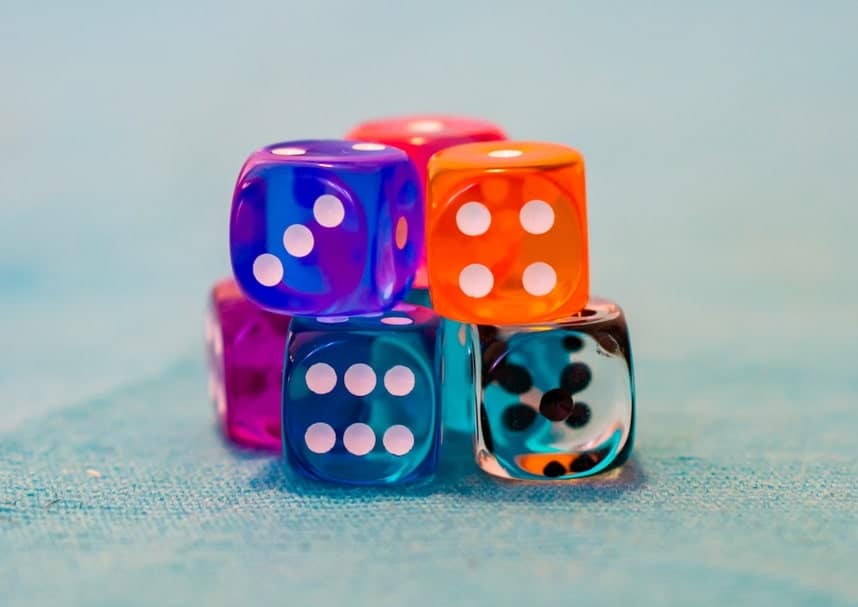
Benefits of manipulatives
Extensive research has been conducted into the use of manipulatives, providing evidence of the results they bring. The best study we can point to comes from 2013 in the Journal of Educational Psychology. Their meta-analysis of 55 studies found small to moderate benefits “in favour of the use of manipulatives when compared with instruction that only used abstract math symbols.”
There’s plenty of other scientific material if you really want to take a deep dive in effectiveness of manipulatives (take this article from SAGE journals), but their use is connected to concrete – pictorial – abstract (CPA) approach to mathematics first advocated in Asia.
The CPA model focuses on using physical and visual aids to build an understanding of maths concepts, progressing through three phases: concrete, pictorial and abstract. Manipulatives are used in the initial concrete phase, helping to develop a better understanding between abstract numbers and the real world. Research has long suggested that some Asian countries outperform the UK in maths classrooms, leading to a greater focus on manipulatives in our education system.